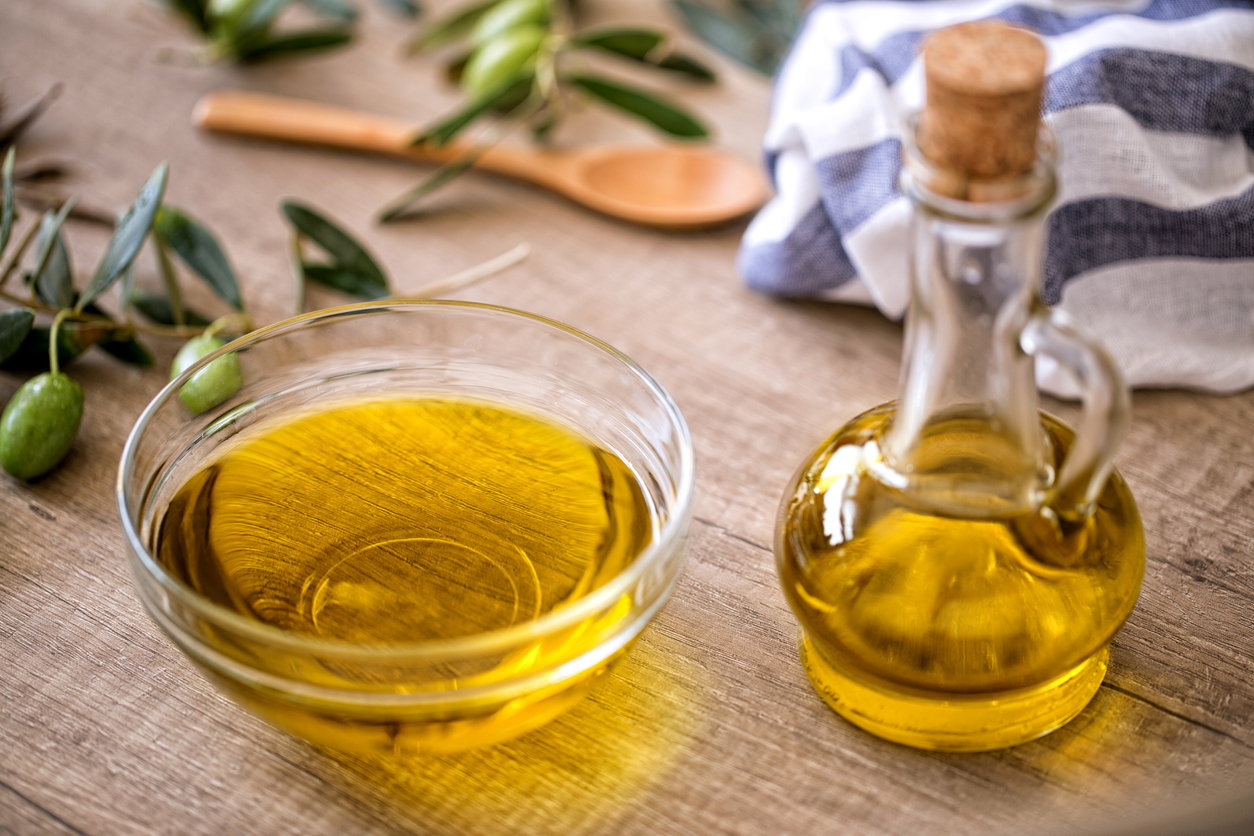We’re a pretty easy-going bunch here at Food Gardening Network. Heck, we get to grow vegetables and cook and write about it. What’s not to enjoy? But there is one thing that we are very serious about: food safety. And that, my friend, is why I want to address how to safely preserve vegetables in oil.
Spoiler alert: this doesn’t end the way you probably want it to.
There are many things in gardening and cooking that you can twist to fit your own style or taste. For example, there’s more than one right way to grow herbs, and there are numerous ways to turn your heirloom tomatoes into a delightful pasta sauce. But food safety, and especially when we’re talking about canning or preserving food, isn’t the place to try out your own thing.
Discover 7 top tips for growing, harvesting, and enjoying tomatoes from your home garden—when you access the FREE guide The Best Way to Grow Tomatoes, right now!
Don’t take chances. Here’s what you need to know if you want to preserve vegetables in oil.
The truth is, if you plan to preserve vegetables in oil, you may want to rethink your plans. The Penn State Extension program is pretty clear about the risks. “Oil may prevent oxidation and discoloration from exposure to the air, however, it will not safely preserve the food and it will provide favorable conditions for the development of the botulism toxin.”
Why is this? I know what you’re thinking. You buy anything from dried tomatoes to sardines in oil at the grocery store. But commercial food manufacturers have controlled and regulated conditions and testing that we can’t replicate in our homes.
When you preserve vegetables in oil, you create an environment that traps moisture and largely eliminates oxygen. This moist, anaerobic space is where the bacterium Clostridium botulinum thrives. The National Center for Home Food Preservation points out that in these conditions, “the spores produce vegetative cells which multiply rapidly and may produce a deadly toxin within 3 to 4 days of growth.” And in case that’s not frightening enough, they mention that “even a taste of food containing this toxin can be fatal.”
Stick with me, though, because there is some light at the end of this tunnel.
We know that we can safely preserve vegetables through canning, fermenting, pickling, and other methods. People have done this for generations. So how do you balance that with the, let’s call it a healthy respect of food poisoning?
It’s pretty easy, actually. Follow the scientifically tested and safe recipes and recommendations from the National Center for Home Food Preservation. And if you’re still wondering if you can preserve vegetables in oil, I do have some good news.
The Complete Guide to Home Canning, from the USDA, includes three recipes that use oil as a significant ingredient. They are:
All three of these recipes include lemon juice and vinegar, which help acidify the environment, making it hostile to bacterial growth. So as it turns out, I suppose you can preserve some vegetables in oil.
What is your preferred way to preserve vegetables? Share your thoughts in the comments.
Discover 7 top tips for growing, harvesting, and enjoying tomatoes from your home garden—when you access the FREE guide The Best Way to Grow Tomatoes, right now!
